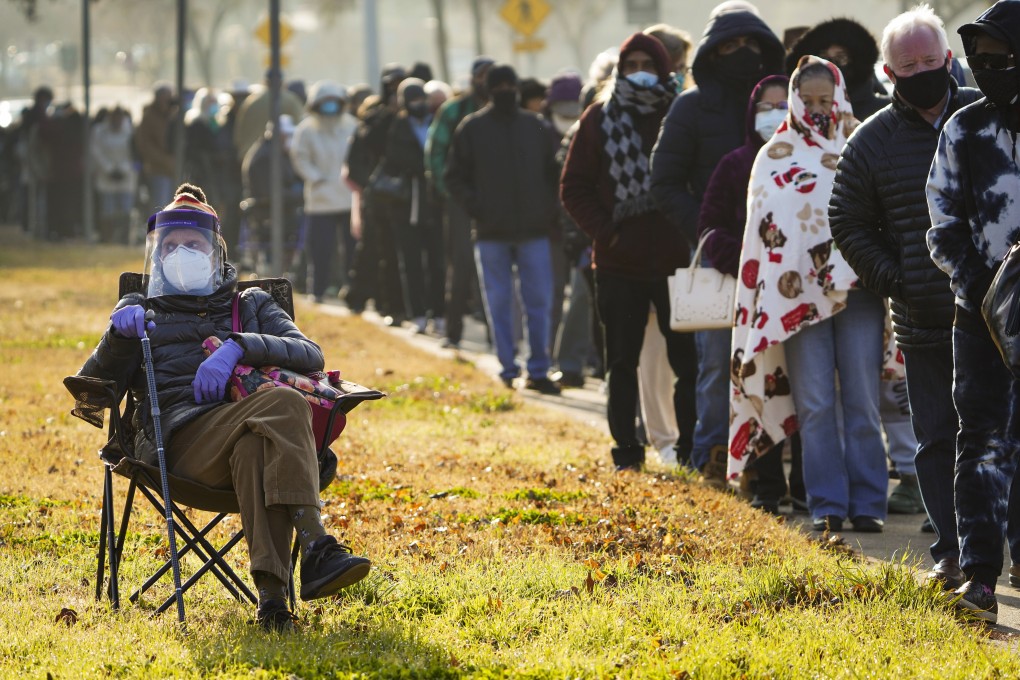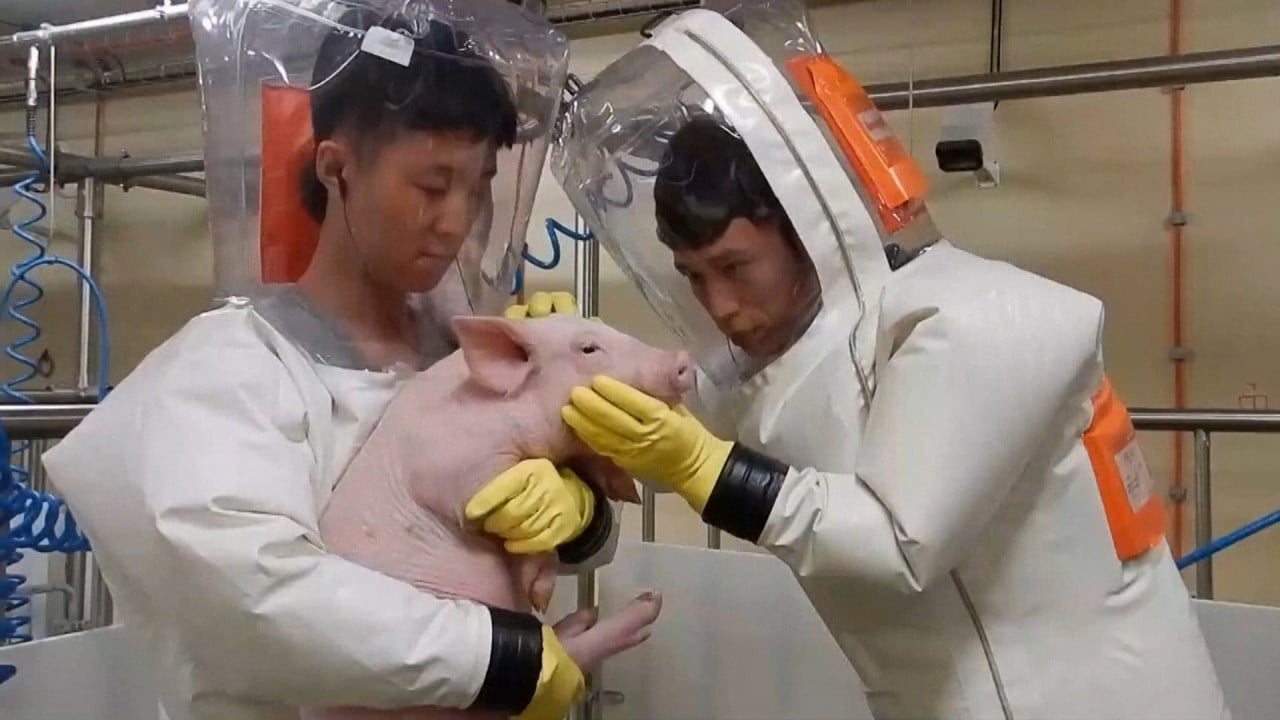Opinion | Coronavirus response: lessons of swine flu pandemic show the need to focus on at-risk groups
- Health authorities’ ability to contain the 2009 outbreak, despite comparatively low overall vaccination rates, suggests efforts to control Covid-19 should focus on vaccinating high-risk populations rather than seeking to achieve herd immunity

Covid-19 vaccines are finally available. What we need next is an optimal vaccination strategy. If the Group of 20 can coordinate its member countries to vaccinate as many at-risk people as possible, it is likely to help the whole world bring the pandemic under control by summer.
According to the University of Oxford Vaccine Knowledge Project, when a high percentage of the population is vaccinated, it is difficult for infectious diseases to spread because there are not many people who can be infected. For example, if someone with measles is surrounded by people who are vaccinated against the disease, it cannot easily be passed on to anyone and will quickly disappear.
In fact, herd immunity is not the only model to eradicate a pandemic. The World Health Organization was able to declare an end to the global 2009 influenza A(H1N1) pandemic on August 10, 2010, although, according to a report by the US Centres for Disease Control and Prevention (CDC), the overall vaccination coverage in the US was only 27 per cent.

02:02
New type of swine flu found in China has human pandemic potential, researchers say
Since the swine flu pandemic was associated with a threefold increase in hospitalisations and deaths among people younger than 65, compared with previous influenza seasons, the vaccination programme prioritised five target groups.
